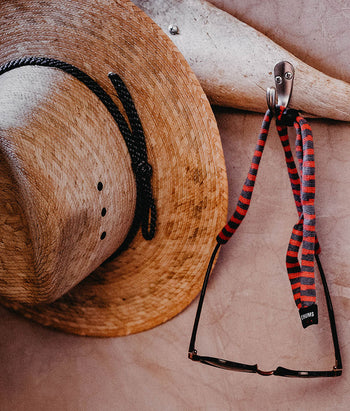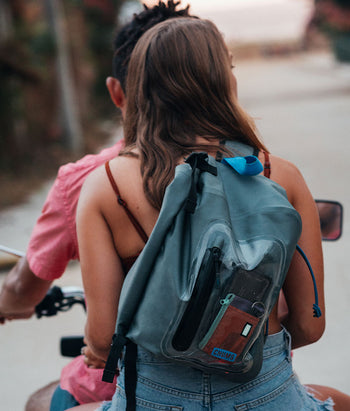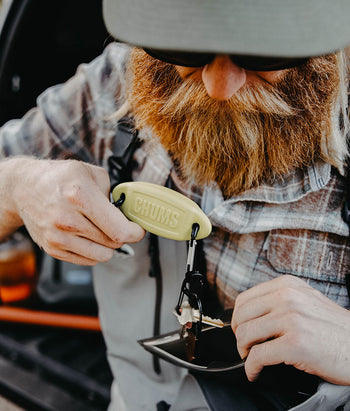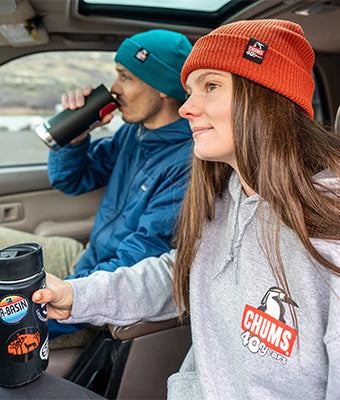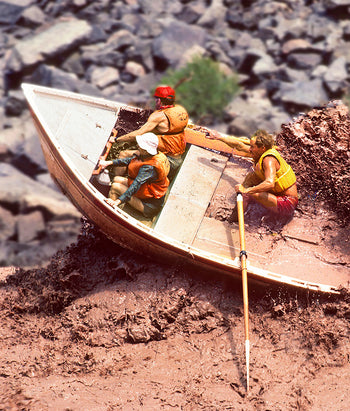Off the Grid: Belize the Hype
Jean-Marie Bousquet started fly fishing a decade ago, and her fishing bug seems to be getting worse with time. Throughout her professional career, all her roles have been rooted in the outdoors and outdoor industry—leading to living across the country in fishing-obsessed communities from the serene river banks of the west to the lively saltwater marshes and flats of the Southeast. This journey deepened her understanding of various species and watersheds' unique challenges. Now, as the brand and community outreach manager for Project Big Wood, a nonprofit working to protect the Big Wood River, she focuses on finding creative ways to connect people with their home water.



We spent two days in a Belizean downpour, casting poppers through flooded canals and recording coordinates and fish sizes for the program’s ongoing habitat map. The goal of BTT’s Program is to be added to maps to help prioritize areas for protection as part of an effort by the Belize Coastal Zone Management Authority and Institute to create a marine spatial management plan that aims to protect the most important habitats.
The local guides who know these waters inside and out made it clear how much detailed, place-based knowledge drives conservation. Our role was simple — go fishing to help gather accurate data and contribute to an ongoing effort that’s already deeply rooted in local expertise.


1. Original LTD Retainer
I’m always sportin' an OG retainer. There’s no reason to ever take it off. Releasing a tarpon or reaching for a belkin, they keep my sunnies secured.
2. Rover Cross-Body Bag
The best travel companion to stay organized, plus the palm print to match your destination, I mean, c’mon. Who doesn’t appreciate a location-coordinated kit?
3. Local Hot Sauce
Our guide, Pedro, shared a family hot sauce recipe that kept spirits high during three days of very wet weather.
4. Downriver Rolltop Backpack
From the sagebrush sea to a salty one. This thing handles it all!
Interested in learning more about mapping juvenile tarpon habitat?
BTT began its Juvenile Tarpon Habitat Mapping Project in 2016, collaborating with anglers to identify nursery habitats harboring tarpon measuring 12 inches or less and to assess them as natural or altered/degraded. Over 65 percent of the angler-reported habitats were classified as altered. BTT uses this information to prioritize areas for restoration. This important habitat work is ongoing (contact info@bonefishtarpontrust.org if you would like to report a juvenile tarpon habitat).


